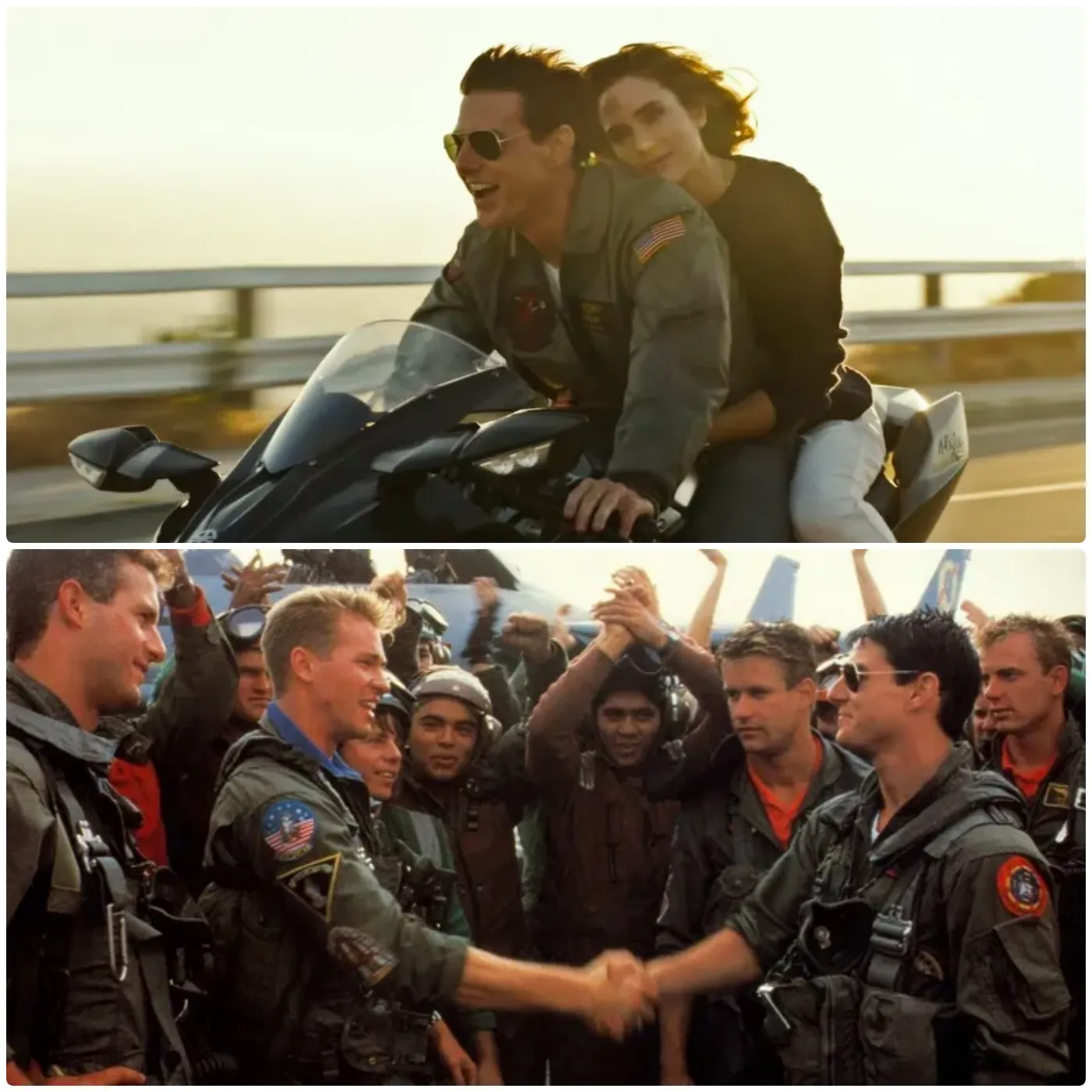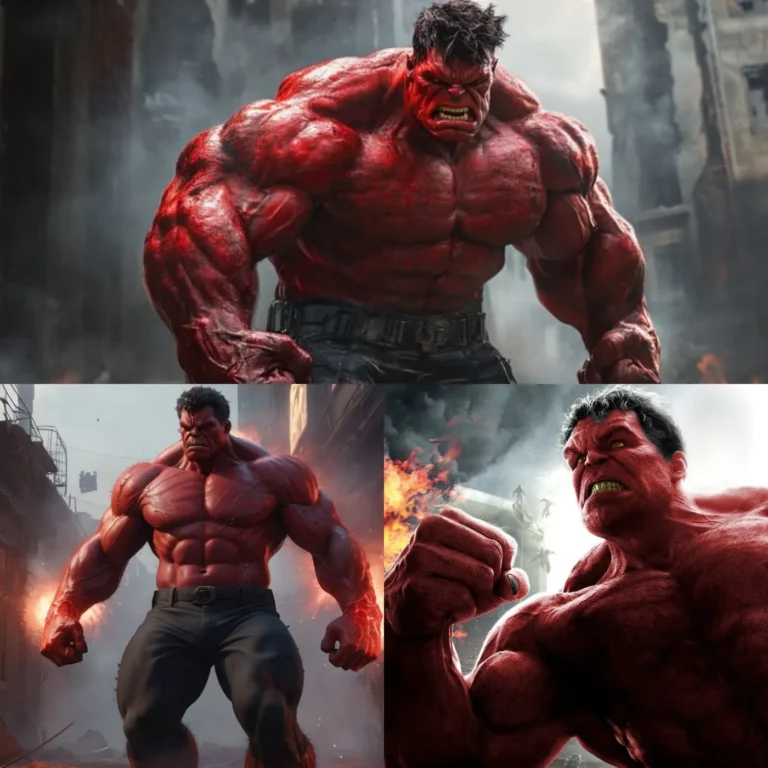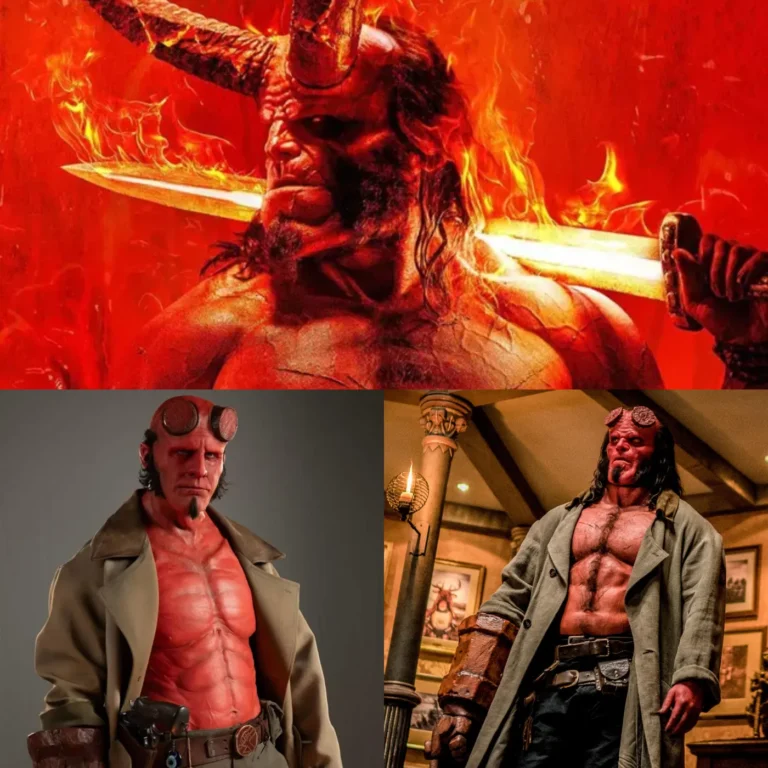
The Success of Top Gun: Maverick and Lessons for Hollywood
With Top Gun: Maverick, Tom Cruise achieved what many considered impossible: he drew audiences out of their homes to pay for a sequel to a 36-year-old film. The 2022 sequel to Top Gun (1986) defied initial box office expectations, earning $154 million over the Memorial Day weekend in North America and an astounding $248 million globally.
Box Office Triumph

Despite ongoing challenges posed by COVID-19, these ticket sales were impressive and marked the strongest opening week of Cruise’s career. Notably, Top Gun: Maverick is not a superhero film, nor does it rely heavily on CGI or flashy effects, which makes its success even more remarkable.
Top Gun: Maverick Will Surprise You
While nostalgia undoubtedly played a significant role in the film’s success, relying solely on sentimental value wouldn’t have been enough to drive ticket sales. The film received widespread acclaim, boasting a 97% rating on Rotten Tomatoes and an A+ CinemaScore, indicating that audiences—not just fans of the original—genuinely loved the latest installment. Critics, including Peter Debruge from Variety, expressed surprise at how much they enjoyed Maverick. Megan Colligan, president of Imax Entertainment, remarked that Hollywood often rushes to cash in on potential profits without considering the quality of the story. However, Top Gun: Maverick defied this trend.
Lessons for Hollywood

The success of Top Gun: Maverick sends a clear message to Hollywood: don’t just recycle old movies hoping for box office windfalls. While it may be tempting to revisit beloved action films from the ’80s and ’90s or modernize romantic comedies, such strategies only succeed when filmmakers present a compelling case for the relevance of the sequel. Familiar faces may create buzz on social media, but that doesn’t always translate into ticket sales.
Cruise himself emphasized the importance of having a meaningful story before pursuing a sequel, stating, “I wasn’t ready to do a sequel until we had a special story that was worthy of it.” Chris Aronson, Paramount’s president of domestic distribution, echoed this sentiment, highlighting the power of effective storytelling. He said, “If you have a good story and execute it well, people will come to see it.”
While Top Gun: Maverick benefited from nostalgia, it didn’t solely rely on its established brand; it carefully built on its legacy. Unfortunately, this approach isn’t always the norm in Hollywood. Many recent sequels, such as Kirsten Stewart’s Charlie’s Angels reboot and Chris Hemsworth’s Men in Black: International, failed to provide a compelling reason for audiences to visit theaters.
Effective Filmmaking Strategy

Top Gun: Maverick had a production budget of $170 million and also benefited from a strong marketing campaign. This included a surprise appearance at CinemaCon in Las Vegas and a grand premiere at the Cannes Film Festival, complete with fighter jets flying over the Croisette. These efforts signaled to audiences that Paramount was serious about the film and its potential impact.
Industry experts note that sequels, reboots, and remakes can be tricky because studios must balance satisfying long-time fans while also attracting new viewers. As David A. Gross from Franchise Entertainment Research pointed out, audiences are less concerned with where the story begins and ends. Instead, they want to know what the film delivers in terms of characters, action, and the big-screen experience today.






